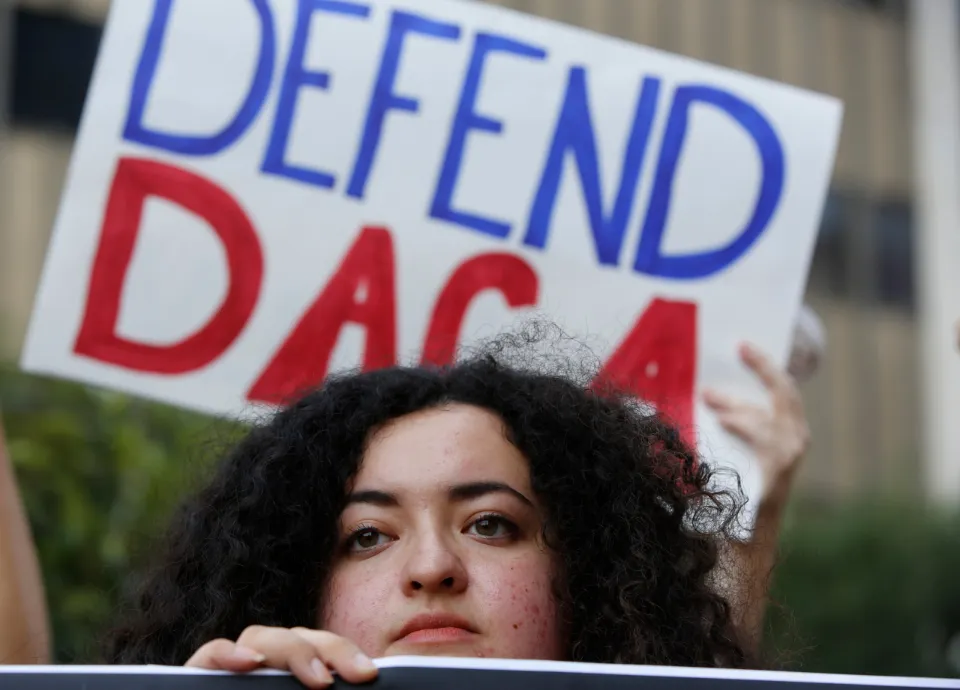In this article, we will explore the legalities of traveling to Hawaii with DACA status and provide a comprehensive guide on how to plan a trip to Hawaii as a DACA recipient.
People who have been granted Deferred Action for Childhood Arrivals (DACA) are not permitted to leave the United States or any of its territories without having their immigration status investigated. Are they able to go to Hawaii, though?
Travel to Hawaii is possible for DACA recipients. DACA recipients are permitted to visit any US state. without applying for Obtaining advanced parole or a specific waiver from the US government.
As a DACA recipient, I’ll explain where you can travel and how to do so safely so you can visit Hawaii and other U.S. states and territories with DACA status.
Can DACA Recipients Travel to Hawaii?
Whether or not DACA recipients are legally permitted to visit Hawaii remains an open question. While the Department of Homeland Security (DHS) does not explicitly prohibit DACA recipients from traveling abroad, there are some complexities involved in determining if a person is eligible for international travel.
In the end, navigating the complexities of immigration law and being aware of the legal requirements for DACA recipients to travel is key.
Under U.S. immigration law, DACA recipients are not considered to be “lawfully present” in the United States and therefore do not have a right to travel outside of the country.
The DHS does, however, permit DACA recipients to apply for advance parole, which is a document that allows them to legally leave the country and return. DACA recipients must show that their travel is necessary for humanitarian, educational, or employment-related reasons in order to be granted advance parole.

Notably, there is no assurance that a DACA recipient will be permitted to enter or remain in a foreign country even if they are granted advance parole. Before making travel arrangements, it is important to familiarize oneself with any potential requirements or restrictions as each country has its own entry and residency laws and regulations.
How to Plan a Trip to Hawaii as a DACA Recipient
The next step is to start making travel arrangements after determining that you are qualified to leave the country. Getting the required documents is the first thing you need to do. DACA recipients must apply for advance parole, as was already mentioned, in order to travel abroad.
It is crucial to begin the application process as soon as possible because it can take several months and costs money. You also need to get a current passport and any other documentation needed by the destination nation.
There are several tools at your disposal to help you find cheap flights and lodging. You can compare prices and find the best offers using websites like Kayak and Skyscanner. Also helpful for finding accommodations that fit your budget are websites like Airbnb and VRBO.
Utilizing regional resources is crucial, too. Visiting Hawaii as a DACA recipient can be intimidating, so it is helpful to have a support system in place. Consider reaching out to local organizations or advocacy groups that can provide guidance and assistance throughout the planning process.
Tips for Traveling to Hawaii With DACA Status
You might want to know what to anticipate when traveling to Hawaii before you purchase your plane ticket. Despite the fact that DACA recipients can visit Hawaii without a visa, it’s always a good idea to organize your belongings and documents before you travel.

So, let’s look at some things you should keep in mind when going to Hawaii as a DACA recipient:
- Bring your EAD. In order to pass airport security, you will require some form of identification. You must bring your EAD, which counts as a government-issued ID if you are a DACA recipient. card. A REAL ID driver’s license or another form of identification might be useful in addition, though. card from the list of acceptable identification for TSA.
- carry your DACA packet. It’s always a good idea to take your DACA packet, which includes receipts and other proof of your status, with you when you travel, even if it’s just to another state, even though you might not need it. With these documents, you can be sure that going through security and getting home after your trip won’t be a problem.
- While traveling, avoid letting your status lapse. You might run into problems if the DACA program expires while you’re traveling. You might occasionally end up stuck wherever you are and not be able to enter the USA again. Therefore, before making travel arrangements, confirm your renewal status and stay away from the country unless you are certain that your status with the US is good. government.
- Don’t go out when it’s bad outside. You may lose your DACA status if your plane has to land outside U.S. borders, such as in In an emergency or inclement weather, in Canada or Mexico. Check the weather repeatedly, and stay away from the road if it might be necessary to make an emergency landing.
- Check layovers. If your flight makes any stops outside of the USA, you risk losing your DACA status. People who are in that country for a layover frequently go through customs there to demonstrate that they have left the USA.
Where Can I Travel With DACA?
In the past, leaving the United States often put the status of DACA recipients in jeopardy. Within the boundaries of the United States, there was no travel. DACA recipients now have the chance to travel abroad and return to the country legally thanks to Advance Parole. Get Form I-512L if you want Advance Parole.

The Form I-512L resembles a visa almost exactly. You are permitted to reenter the country after the official has looked over the Advance Parole document. An Advance Parole document does not, however, come without risks.
Not every DACA holder is eligible for Advance Parole either. As a DACA recipient, you cannot travel for any reason, even to see friends and family. There must be a humanitarian or substantial public benefit behind these travel-related reasons.
Some of these reasons include:
- traveling outside of the country to support U.S. federal law enforcement or national security objectives
- Traveling to support the well-being, safety, or care of an immediate relative, especially a minor child
- traveling outside of the United States to receive medical care that keeps them alive, particularly when those treatments are not available there.
Conclusion
Hawaii and other U.S. locations are accessible to DACA recipients. state without additional travel documents. You must, however, be in good legal standing in order to board an airplane, and you should bring all of your DACA documentation with you in order to pass through airport security.
For DACA recipients, this article offered a thorough overview of what they should know before traveling to Hawaii and how to plan a trip there. DACA recipients can travel to Hawaii in safety and comfort by following the recommendations and guidelines provided in this article.
You Might Also Like:





